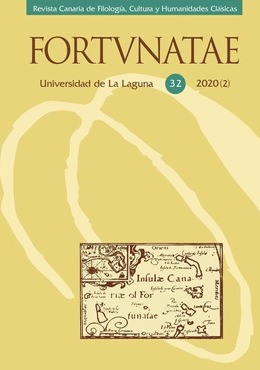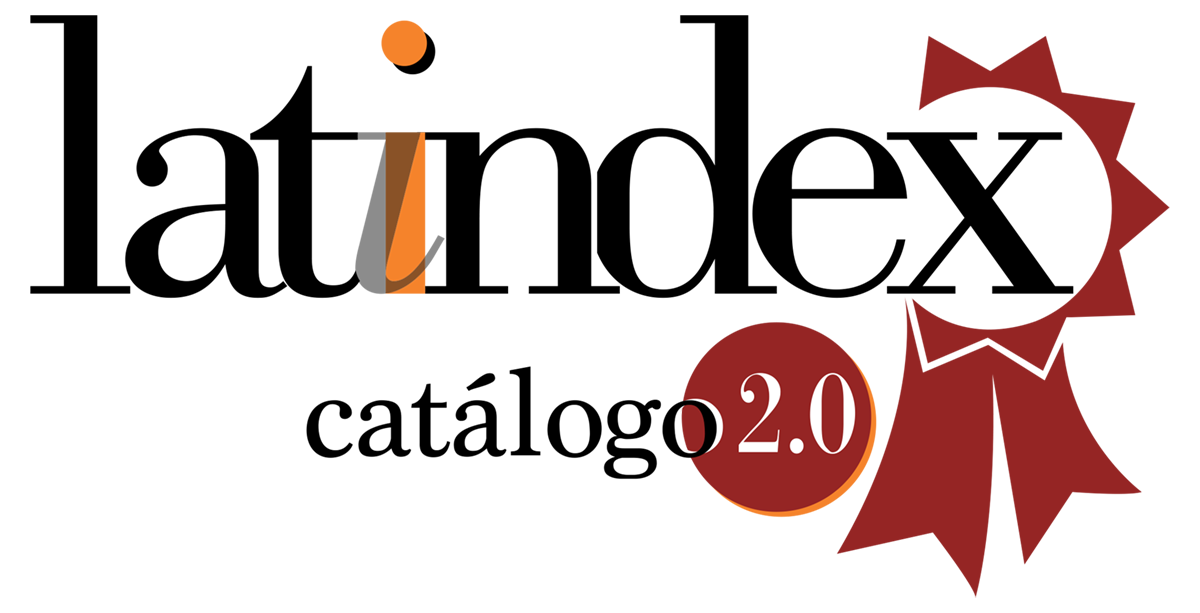Animales fabulosos de tradición clásica en La Gran Conquista de Ultramar
Resumen
La crónica titulada La Gran Conquista de Ultramar encierra una riqueza literaria mayor de lo que se esperaría para dicho género. La presente contribución examina algunos casos de inserción de elementos propios de la fábula de animales y de la narración de corte antropológico, ambos dentro de la tradición clásica.
Citas
ALDEN, M. (2005): «Lions in paradise: Lion similes in the Iliad and the Lion Cubs of Il. 18.318-22», The Classical Quarterly 55: 335–342.
BARTOSIEWICZ, L. (2009): «A Lion’s share of attention: Archaeozoology and the historical record», Acta Archaeologica Academiae Scientiarum Hungaricae 60: 759–773.
CACHO BLECUA, J. M. (1996): «Los problemas del Zifar», en F. RICO & P. RAMOS (eds.), Libro del caballero Zifar. Códice de París, Barcelona, pp. 55-94.
CACHO BLECUA, J. M. (1999): «Del Liber Coronationis et Consilii al Libro del Caballero Zifar», La Corónica. A Journal of Medieval Hispanic Languages, Literatures & Cultures 27: 45-66.
CUESTA TORRE, L. (1996): «Lo sobrenatural en El caballero del Cisne», en C. ALVAR & J. M. LUCÍA MEGÍAS (eds.), La literatura en la época de Sancho IV, Alcalá, pp. 255-265.
DOMÍNGUEZ, C. (2001): Repertorio romance de la ‘materia de Ultramar’ hispanomedieval (siglos XII a XV). Un estudio comparado de la literatura de cruzada, Santiago de Compostela [Tesis doctoral].
FRANKS, H. M. (2013): Hunters, Heroes, Kings: The Frieze of Tomb II at Vergina, Atenas.
GAYANGOS, P. DE (1951): La gran conquista de Ultramar, Madrid (= Madrid 1851).
GONZÁLEZ, C. (ed.) (20014): Libro del Caballero Zifar, Madrid.
GRAESSE, TH. (ed.) (1850): Legenda aurea, vulgo Historia Lombardica dicta, Leipzig.
GUTIÉRREZ BAÑOS, F. (1997): Las empresas artísticas de Sancho IV el Bravo, Valladolid.
HARRISON, J. (1922): Prolegomena to the Study of Greek Religion, Cambridge.
MAÍLLO, F. (1998): Los arabismos del castellano en la Baja Edad Media, Salamanca.
ORDUNA, G. (1991): «Las redacciones del Libro del cavallero Zifar», en Studia in honorem Prof. M. de Riquer IV, Barcelona, 283-299.
PROPP, V. (2001): Morfología del cuento, Madrid.
RAMOS, R. (2002): «La Gran Conquista de Ultramar», en C. ALVAR - J.M. LUCÍA MEGÍAS (eds.), Diccionario filológico de la literatura medieval española. Textos y transmisión, Madrid, pp. 603-608.
REDONDO, J. (2004), «Elements mitològics i folclòrics a la Crònica de Pere Antoni Beuter» (en colaboración con À.F.O. GUIXOT), en M.À. VILALLONGA - D. FERRER - D. PRATS (eds.), Història i Llegenda al Renaixement. Actes del IV Col.loqui Internacional problemes i Mètodes de la Literatura Catalana Antiga, Girona (= Estudi General 23-24), pp. 261-280.
REDONDO, J. (2013): La tradición clásica en la literatura castellana medieval. Cuatro estudios, Madrid.
SANCHO-MONTÉS, S. (2005): «Plutarc a la Primera Part de la Història de València d’En Pere-Antoni Beuter», en M. JUFRESA et al. (eds.), Plutarc a la seva època. Paideia i societat, Barcelona, pp. 835-842.
SORIANO, C (1996): «El episodio de Baldovín y la sierpe en La gran conquista de Ultramar», en C. ALVAR - J. M. LUCÍA MEGÍAS (eds.), La literatura en la época de Sancho IV, Alcalá, pp. 511-520.
THOMPSON, S. (1955-1958): Motif-Index of Folk Literature. A Classification of Narrative Elements in Folktales, Ballads, Myths, Fables, Medieval Romances, Exempla, Fabliaux, Jest-books and Local Legends I-VI, Bloomington, Indiana University Press.
VAQUERO, M. (1992): «Relectura del Libro del cavallero Çifar a la luz de algunas de sus referencias históricas», en Actas del II Congreso de la Asociación Hispánica de Literatura Medieval II, Alcalá, pp. 857-871.
VARA DONADO, J. (1989): Claudio Eliano, Historia de los animales, Madrid.
WATKINS, C. (1995): How to Kill a Dragon: Aspects of Indo-European Poetics, Oxford.
Los autores conservan los derechos de autor y garantizan a la revista el derecho de ser la primera publicación del trabajo al igual que licenciarlo bajo una Creative Commons Attribution License que permite a otros compartir el trabajo con un reconocimiento de la autoría del trabajo y la publicación inicial en esta revista.
Los autores pueden establecer por separado acuerdos adicionales para la distribución no exclusiva de la versión de la obra publicada en la revista (por ejemplo, situarlo en un repositorio institucional o publicarlo en un libro), con un reconocimiento de su publicación inicial en esta revista.





